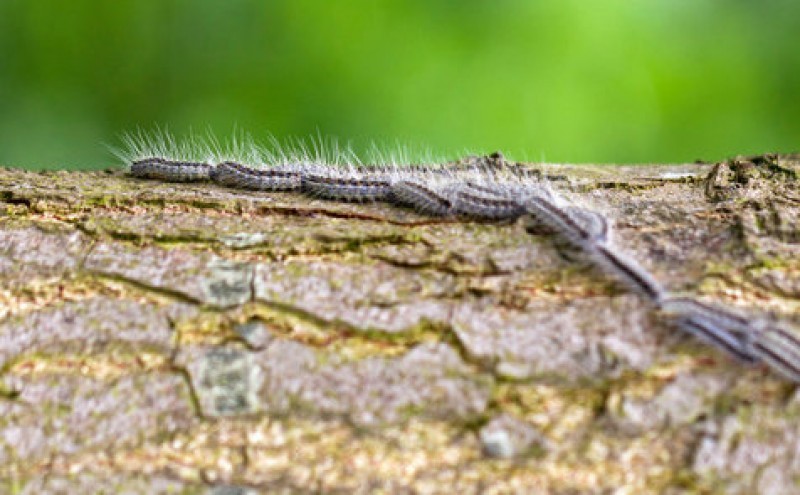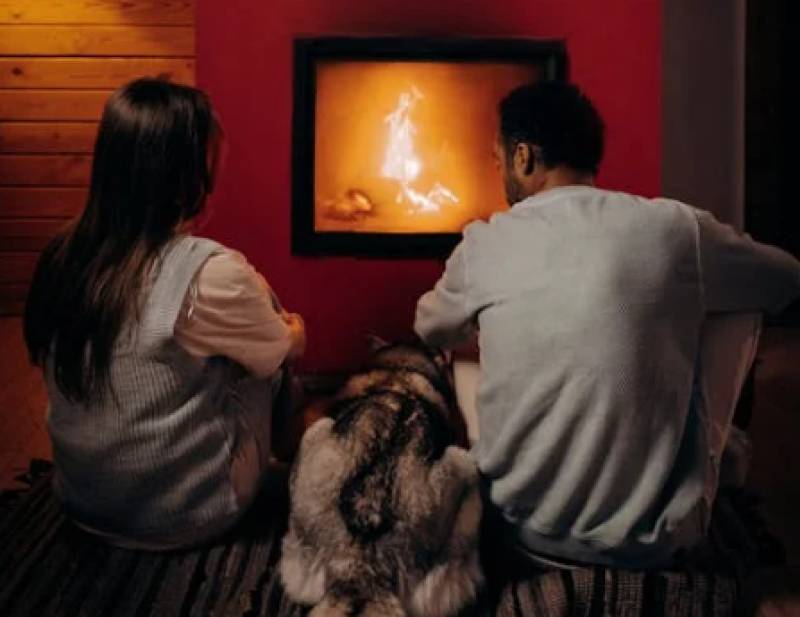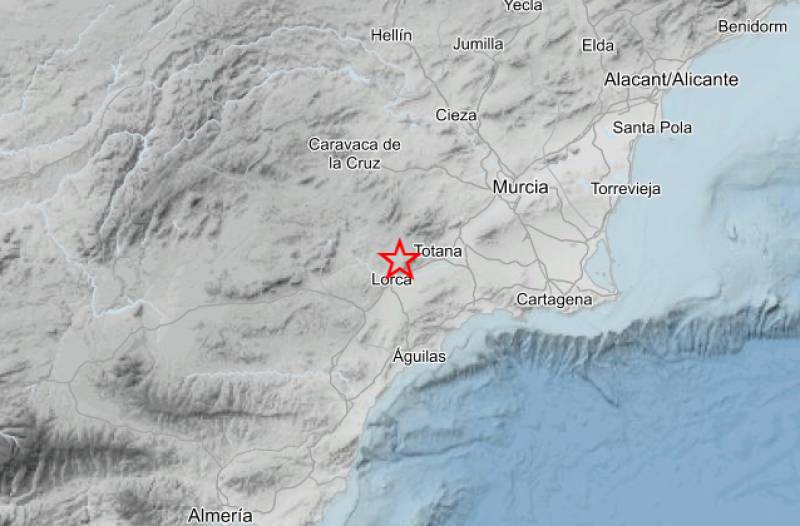- Region
- Águilas
- Alhama de Murcia
- Jumilla
- Lorca
- Los Alcázares
- Mazarrón
- San Javier
-
ALL AREAS & TOWNS
- AREAS
- SOUTH WEST
- MAR MENOR
- MURCIA CITY & CENTRAL
- NORTH & NORTH WEST
- TOWNS
- Abanilla
- Abarán
- Aguilas
- Alamillo
- Alcantarilla
- Aledo
- Alhama de Murcia
- Archena
- Balsicas
- Blanca
- Bolnuevo
- Bullas
- Cañadas del Romero
- Cabo de Palos
- Calasparra
- Camping Bolnuevo
- Campo De Ricote
- Camposol
- Canada De La Lena
- Caravaca de la Cruz
- Cartagena
- Cehegin
- Ceuti
- Cieza
- Condado de Alhama
- Corvera
- Costa Cálida
- Cuevas De Almanzora
- Cuevas de Reyllo
- El Carmoli
- El Mojon
- El Molino (Puerto Lumbreras)
- El Pareton / Cantareros
- El Raso
- El Valle Golf Resort
- Fortuna
- Fuente Alamo
- Hacienda del Alamo Golf Resort
- Hacienda Riquelme Golf Resort
- Isla Plana
- Islas Menores & Mar de Cristal
- Jumilla
- La Azohia
- La Charca
- La Manga Club
- La Manga del Mar Menor
- La Pinilla
- La Puebla
- La Torre
- La Torre Golf Resort
- La Unión
- Las Palas
- Las Ramblas
- Las Ramblas Golf
- Las Torres de Cotillas
- Leiva
- Librilla
- Lo Pagan
- Lo Santiago
- Lorca
- Lorquí
- Los Alcázares
- Los Balcones
- Los Belones
- Los Canovas
- Los Nietos
- Los Perez (Tallante)
- Los Urrutias
- Los Ventorrillos
- Mar De Cristal
- Mar Menor
- Mar Menor Golf Resort
- Mazarrón
- Mazarrón Country Club
- Molina de Segura
- Moratalla
- Mula
- Murcia City
- Murcia Property
- Pareton
- Peraleja Golf Resort
- Perin
- Pilar de la Horadada
- Pinar de Campoverde
- Pinoso
- Playa Honda
- Playa Honda / Playa Paraíso
- Pliego
- Portmán
- Pozo Estrecho
- Puerto de Mazarrón
- Puerto Lumbreras
- Puntas De Calnegre
- Region of Murcia
- Ricote
- Roda Golf Resort
- Roldan
- Roldan and Lo Ferro
- San Javier
- San Pedro del Pinatar
- Santiago de la Ribera
- Sierra Espuña
- Sucina
- Tallante
- Terrazas de la Torre Golf Resort
- Torre Pacheco
- Totana
- What's On Weekly Bulletin
- Yecla


- EDITIONS:
 Spanish News Today
Spanish News Today
 Alicante Today
Alicante Today
 Andalucia Today
Andalucia Today
ARCHIVED - Pet owners beware as the pine processionary caterpillar season begins in Murcia
The distinctive caterpillars pose a serious threat to curious animals and even small children
The time of year has arrived where dog and cat owners begin to peer anxiously at pine trees and pay special attention to the ground near them as the processionary caterpillar nests begin to appear and drop their cargoes from the branches, posing a serious threat to the health of inquisitive pets.
In response the Town Hall of Cartagena, among others, has already been taking preventative action for over a month, contracting an addition treatment in the pine groves along the coastline of La Manga and the Mar Menor which consists of injecting a substance into the trunks of trees which rids them of nests within just two weeks. This technique carries with it a very low environmental impact with practically no risks for human beings and is also advantageous because it affects only the caterpillars and not other species which inhabit pine trees.
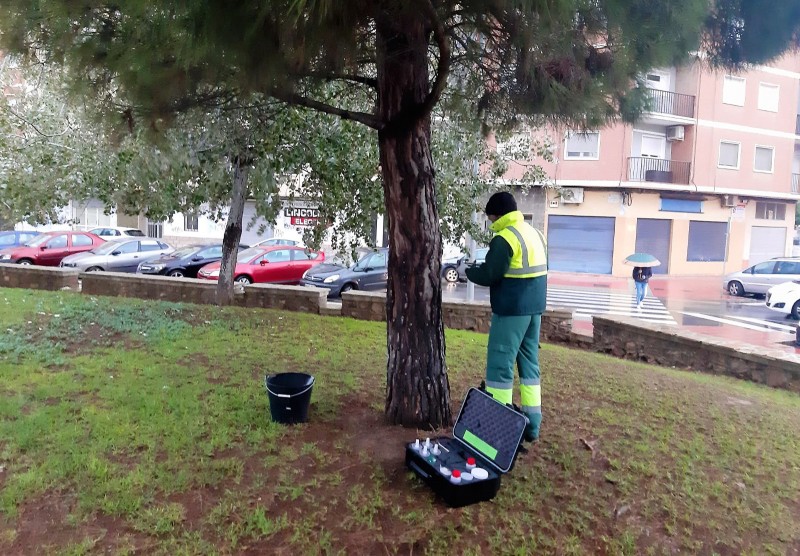
The pine processionary (Thaumetopoea pityocampa) is so called because members of the species in the caterpillar phase of their life cycle, before they metamorphose into moths, form nose-to-tail processions as they leave their soft cocoon nest of spun filaments, and is widespread throughout the warmer Mediterranean areas of Spain and other parts of Europe.
The favoured nesting grounds of processionary caterpillars are higher up in pine trees, where the nests are closer to the winter sun, and it is normally in late winter and early spring that the caterpillars drop from the cocoon nests and form "processions" in search of soft, warm earth in which to pupate. There can be hundreds of caterpillars nose to tail, winding along roadways or rough ground, and although they may appear innocuous they can be lethal to animals and cause serious reactions in humans, especially young children.
This is because the caterpillars have brittle poisonous and irritant hairs on their bodies which can easily be ejected should they feel threatened. These hairs penetrate the skin easily and cause instant irritation.
The caterpillars are a mottled dull brown with faded yellowish patches but are instantly identifiable as they travel in chains along the ground.
Dogs and cats are often attracted by the bittersweet smell and taste of the processionaries, and both may try to eat them. The results can be fatal; as few as three or four will kill a medium-sized dog, and just one may produce death in a cat as the hairs become embedded in the tongue of the animal, causing necrosis. By the time the owner notices the problem, it is usually too late for veterinary treatment to do much except ease suffering.
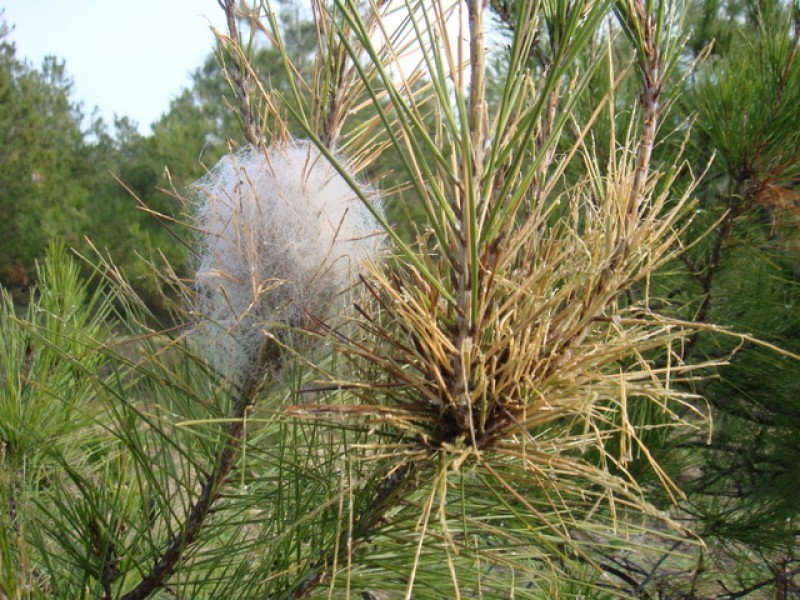
Initial symptoms to watch out for in a pet include vomiting and tongue swelling, although it is often immediately apparent that there is a problem as the animal will attempt to rub off the hairs of the caterpillar, which only irritates the inflammation further.
It is highly advisable not to walk dogs in areas where there are large numbers of processionaries, as loose hairs on the floor can be just as lethal for an animal, and it is certainly vital to keep pets on the lead in forests where there are processionaries on the march.
Disposal of processionary caterpillars
These animals are most vulnerable whilst still in their silvery nests high up in the pine trees, so this is the best time to dispose of them. Wearing eye protection, gloves, and covering as much skin as possible, cut the nest carefully out of the tree with long handled pruners, attempting to keep the nest intact, put it in a plastic bag and throw it in a bin.
If the nests are low down, spraying with hair spray first will stop the hairs flying off and spraying with insect spray or fly spray before putting in a plastic bag helps to eliminate them completely.
Do NOT touch with bare hands; use disposable gloves, preferably thick rubber or plastic, and definitely do not use cotton gloves as the hairs can stick to these and continue to irritate.
Knocking the nests out of the tree is very dangerous, as the hairs can fly around in the air and settle on the ground, where they can be picked up by animals and also cause irritation for humans, particularly those who fail to wear goggles.
Burning is not advisable unless you have a hot fire going which can incinerate the branches immediately. Lighting a bonfire containing the nests still gives the opportunity for hairs to fly into the air.
Once the caterpillars are on the ground they are very dangerous, as everywhere they go they leave trails which are enough to kill a dog or cat.
Follow Murcia Today on Facebook to keep up to date with all the latest news, events and information in the Region of Murcia and the rest of Spain: https://www.facebook.com/MurciaToday/.
Cartagena
El Carmoli
Islas Menores and Mar de Cristal
La Manga Club
La Manga del Mar Menor
La Puebla
La Torre Golf Resort
La Union
Los Alcazares
Los Belones
Los Nietos
Los Urrutias
Mar Menor Golf Resort
Pilar de la Horadada
Playa Honda / Playa Paraiso
Portman
Roldan and Lo Ferro
San Javier
San Pedro del Pinatar
Santa Rosalia Lake and Life resort
Terrazas de la Torre Golf Resort
Torre Pacheco
Aledo
Alhama de Murcia
Bolnuevo
Camposol
Condado de Alhama
Fuente Alamo
Hacienda del Alamo Golf Resort
Lorca
Mazarron
Puerto de Mazarron
Puerto Lumbreras
Sierra Espuna
Totana
Abaran
Alcantarilla
Archena
Blanca
Corvera
El Valle Golf Resort
Hacienda Riquelme Golf Resort
Lorqui
Molina de Segura
Mosa Trajectum
Murcia City
Peraleja Golf Resort
Ricote
Sucina
Condado de Alhama
El Valle Golf Resort
Hacienda del Alamo Golf Resort
Hacienda Riquelme Golf Resort
Islas Menores and Mar de Cristal
La Manga Club
La Torre Golf Resort
Mar Menor Golf Resort
Mazarron Country Club
Mosa Trajectum
Peraleja Golf Resort
Santa Rosalia Lake and Life resort
Terrazas de la Torre Golf Resort
La Zenia
Lomas de Cabo Roig

CAMPOSOL TODAY Whats OnCartagena SpainCoronavirusCorvera Airport MurciaMurcia Gota Fria 2019Murcia property news generic threadWeekly Bulletin









